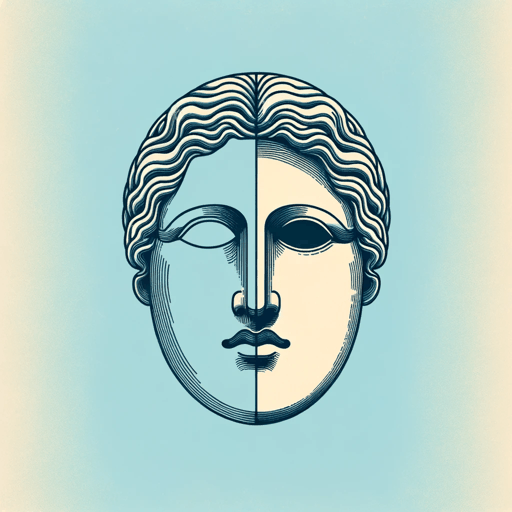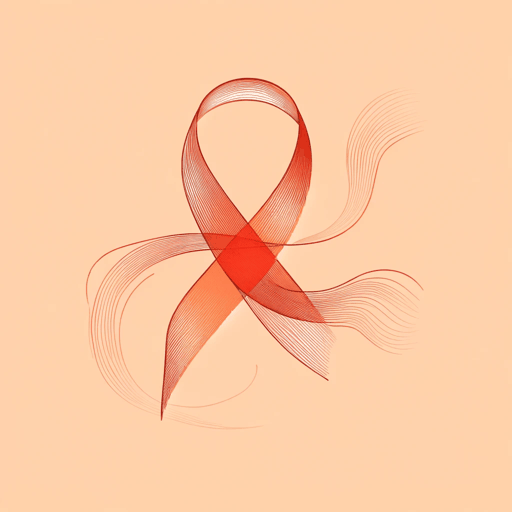46 pages • 1 hour read
Susan SontagOn Photography
Nonfiction | Essay Collection | Adult | Published in 1977A modern alternative to SparkNotes and CliffsNotes, SuperSummary offers high-quality Study Guides with detailed chapter summaries and analysis of major themes, characters, and more.
“In Plato’s Cave”Chapter Summaries & Analyses
“In Plato’s Cave” Summary
“In Plato’s Cave” compares photography to the shadows on the wall in Plato’s famous allegory. While Plato was concerned about the effects of artisanal images on people’s minds, Sontag argues that photography has introduced a nightmarish new relationship to images that Plato couldn’t have predicted—a “new visual code” (1) that reorients all of society in ways that were impossible before the invention of photography. Sontag believes that photographs give people a false sense of knowledge and power over a situation because of their ability to capture slices of time and immortalize them. This sense of knowledge and power over an event or subject makes photography a form of appropriation and social control. Photographs make reality into a series of discrete collectible instances instead of one continuous flow of events.
Sontag looks to famous photographers and organizations to illustrate how aggressive and invasive cameras are. Her two primary examples are Diane Arbus and the Farm Security Administration (FSA). The FSA sought to photograph poverty without bias. Sontag points out that even the FSA took dozens of shots before discerning which photo of their impoverished subjects best fit the bill. Arbus’s photography exemplifies the voyeuristic tourism that Sontag believes is inherent in photography.
Related Titles
By Susan Sontag
Featured Collections
Art
View Collection
Beauty
View Collection
Books About Art
View Collection
Business & Economics
View Collection
Challenging Authority
View Collection
Colonialism & Postcolonialism
View Collection
Jewish American Literature
View Collection
National Book Critics Circle Award...
View Collection
Nation & Nationalism
View Collection
Philosophy, Logic, & Ethics
View Collection
Power
View Collection
Sociology
View Collection





